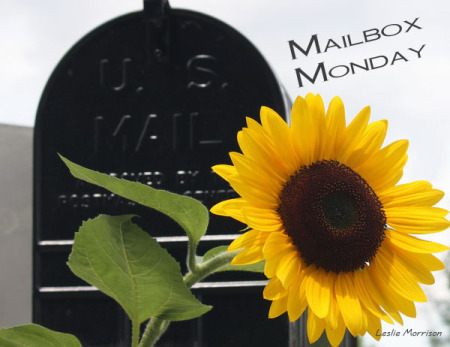
Hardcover, 32 pgs.
I am an Amazon Affiliate
The Little Dancer: A Children’s Book Inspired by Edgar Degas by Géraldine Elschner, illustrated by Olivier Desvaux, is the perfect holiday gift for the ballerina’s in your family, as well as the artists. Not only will children see ballet through the eyes of a young child who’s a ballerina, but they will also see the wonder captured by the hands and eyes of Edgar Degas.
Jeanne’s mother sacrifices everything to move to Paris to help her daughter achieve her dreams, but while ballet is not precisely what she’s after, her role in the background on stage catches the eye of Degas. Marie, another ballet dancer in the corps, has taken ill and Jeanne is asked to stand in as a model until her return. This will mean additional money for her family.
Degas’ techniques are explored, and the illustrations are gorgeous reproductions of his art. The entire book is similar to his style. While the book focuses on the awe of ballet and art, it does not shy away from the desperate times many of these ballerina’s faced as members of poor families.
My daughter and I loved this book, and it probably doesn’t hurt that her favorite movie that we’ve seen a million times is Leap! about a girl facing similar choices, and not always making the best ones. Here, Jeanne seems to have a good head on her shoulders and makes some good choices to earn her family more money. While we do not know exactly what happens to her career, it does provide a look at the ballet corps’ use of children to fill the backstage and the unique opportunities some of them found there.
The Little Dancer: A Children’s Book Inspired by Edgar Degas by Géraldine Elschner, illustrated by Olivier Desvaux, is definitely a book you’ll want to share with your artists and ballerinas.
RATING: Cinquain

























